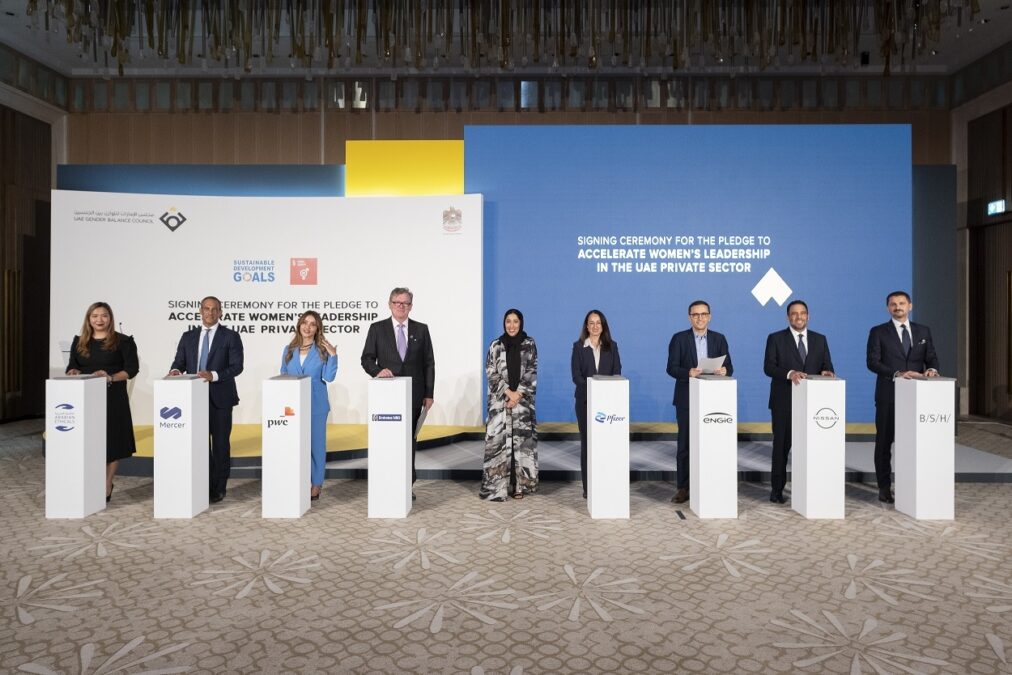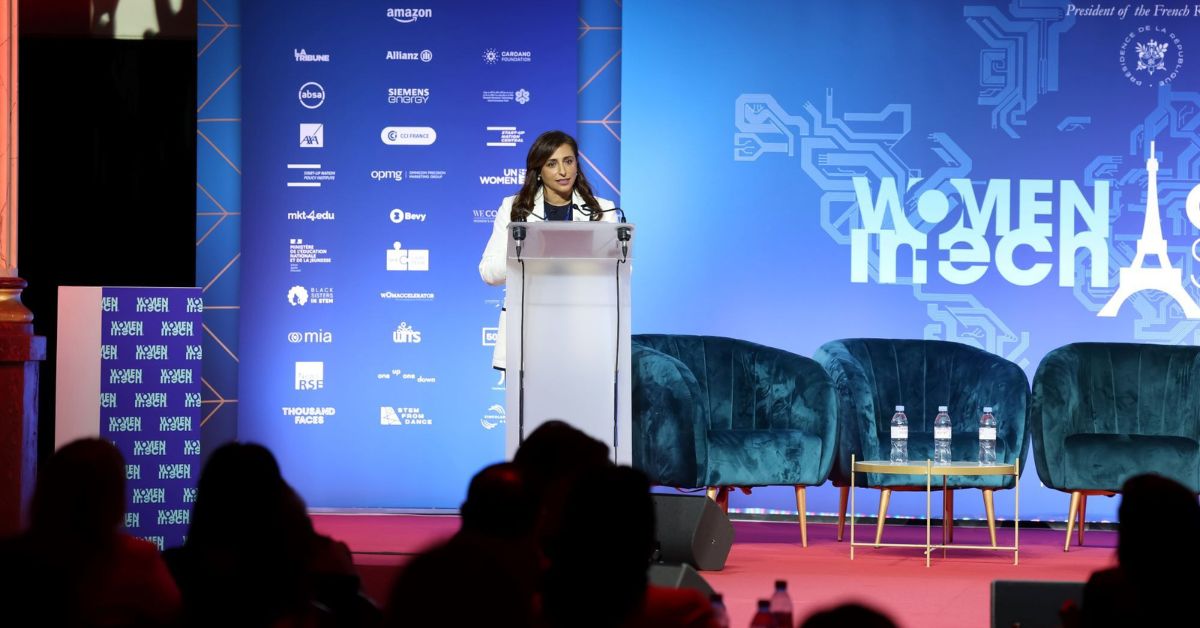DUBAI, UAE — While the global gender gap has recovered to pre-pandemic levels, the Middle East and North Africa (MENA) region continues to trail behind, lagging as the furthest from gender parity, according to the latest edition of the World Economic Forum’s Global Gender Gap Report.
The annual report, now in its 17th year, presents an insightful assessment of gender inequality across economic participation, educational attainment, health, and political empowerment, but the trajectory for closing the gaps remains long and stagnant.
In 2023, the MENA region has only achieved 62.6 percent of gender parity, marking a 0.9 percentage point decline from the previous year. The United Arab Emirates, Israel and Bahrain have achieved the highest parity in the region, while Morocco, Oman and Algeria rank the lowest. The region’s three most populous countries – Egypt, Algeria and Morocco – register declines in their parity scores since the last edition. At the current rate of progress, full regional parity will be attained in 152 years.
The UAE, Israel and Bahrain have achieved the highest parity in the region, while Morocco, Oman and Algeria rank the lowest. The region’s three most populous countries – Egypt, Algeria and Morocco – register declines in their parity scores since the last edition. At the current rate of progress, full regional parity will be attained in 152 years.
The World Economic Forum’s Global Gender Gap Report 2023
The UAE (71.2 percent), Israel (70 percent), and Bahrain (66.6 percent) stand out as the most gender-equal nations. However, a modicum of optimism emerges as Bahrain, Kuwait, and Qatar lead with a 0.5 percent or more increase in gender parity.
Globally, gender parity has seen slight improvement, but at an excruciatingly slow pace. The overall gender gap has narrowed only by 0.3 percentage points since last year. The projection for achieving gender equality remains daunting, set for 2154, a timeline unchanged from the 2022 report.
The year 2023 saw some progress primarily due to strides made in closing the educational attainment gap, with 117 out of 146 indexed countries achieving at least 95 percent parity. However, economic participation and political empowerment gaps have witnessed minimal progress, with only 60.1 percent and 22.1 percent closure respectively.

Europe and North America lead with the highest levels of gender parity at 76.3 percent and 75 percent, respectively. Latin America and the Caribbean also show promise, having closed 74.3 percent of their overall gender gap. Other regions including Eurasia and Central Asia, East Asia and Pacific, Sub-Saharan Africa, and Southern Asia depict varying degrees of stagnation and minor progress in achieving gender parity.
While there has been an increase in women’s participation in the labor force, disparities persist. Unemployment rates remain higher for women (4.5 percent) compared to men (4.3 percent). Furthermore, women constitute 41.9 percent of the global workforce but remain significantly underrepresented in senior leadership roles, at only 32.2 percent.
The gender disparity is particularly stark in STEM and AI sectors. Women comprise just 29.2 percent of the total STEM workforce, and although the talent availability in AI has surged since 2016, only 30 percent of those working in the sector are women.
Disparities remain Global gender gaps in the labor market: Women re-entering the workforce at higher rates led to slight recovery in gender parity, yet disparities persist in unemployment and substandard working conditions. Workforce representation across industries: Despite women comprising 41.9% of the workforce, their presence in senior leadership is 32.2%, with just 25% representation in C-Suite positions. Progress varies across industries. Gender gaps in future labor markets: Women are significantly underrepresented in STEM occupations and AI, comprising just 29.2% of STEM workers and 30% of AI professionals. Gender gaps in future skills: Digital divide and gender gaps in online learning prevent equal opportunities for women, especially in emerging technology skills. Gender gaps in political leadership: Despite a global increase in women holding political posts, gender parity is distant. However, strides are being made in local governance representation. DEI programs to close gender gaps: Two-thirds of organizations implement DEI programs, focusing primarily on women, contributing to efforts to close the global gender gap.
The Global Gender Gap Report 2023 emphasizes that achieving gender parity is not just a societal and moral obligation but has clear economic and business implications. It calls for collective, coordinated, and bold action from both private and public sectors to accelerate progress on gender parity, with strategies ranging from enhancing women’s economic participation to increasing their representation in leadership roles.
Solutions such as the Gender Parity Accelerators and the DEI Lighthouse Program have been presented as promising strategies. The former fosters collaboration between government and businesses to advance economic parity and the latter identifies and shares effective diversity, equity, and inclusion initiatives from around the globe.
Nevertheless, while strategies and solutions are being implemented, the path to gender parity, particularly in regions like MENA, remains a challenging and long journey.








